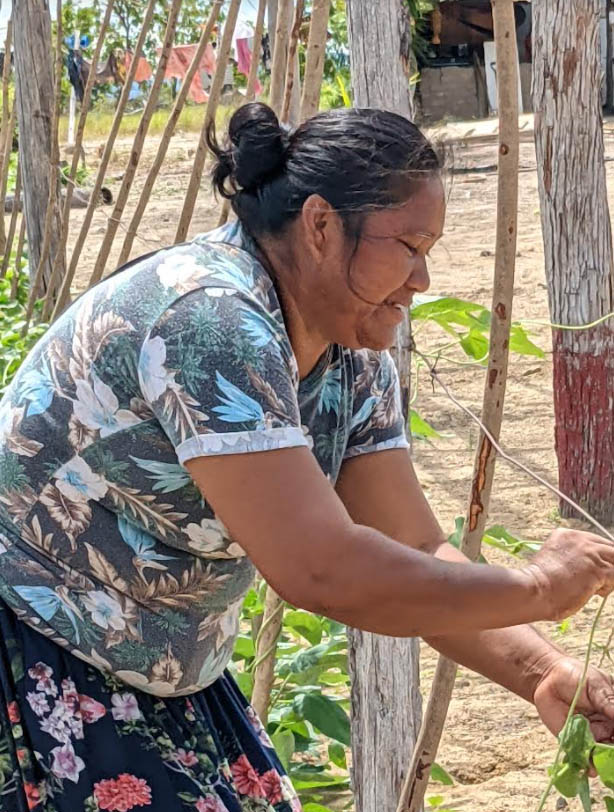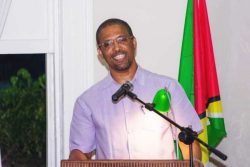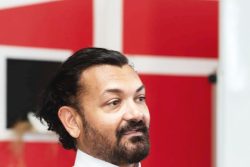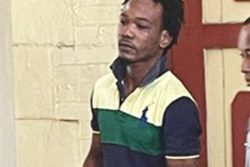Several years after the Stabroek Business first encountered the Region Nine farming couple, Marko Codrington and Kim Casimiro, we met them again, in November, at Lethem. They have returned to agriculture after having given up the pursuit for an unspecified period of time.
At the time of the Stabroek Business’ earlier meeting, Kim had been the Chairperson of the Helping Hands Agro Processors Organization, a women-run production centre at St Ignatius which was producing cashew nuts, cashew butter, and peanut butter. Back then, their target markets were the Guyana Defence Force Base at Barrack Retreat Road, the School Feeding Programme at St Ignatius, supermarkets and shops at Lethem and the Guyana Marketing Corporation’s Guyana Shop in Georgetown.
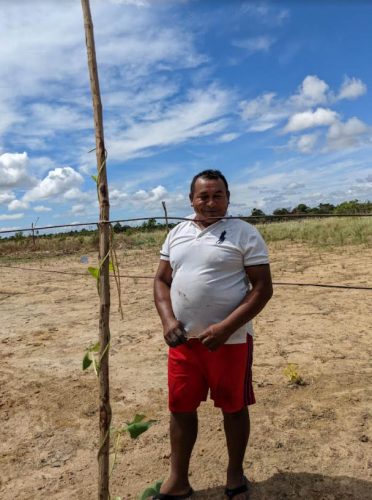
Things ‘went south’ for the Helping Hands Organization a few years ago after a violent storm destroyed one of the two buildings that served as the group’s production centre, forcing the members back to their individual farming pursuits.
What had been the women’s hope of rebuilding the organisation has since been further compromised by damage to the remaining building on account of sustained attacks by foraging wood ants, aged equipment, and the advent of the Covid-19 pandemic. The closure of schools in the community, a critical market for the organisation, was their last straw.
Back in March, Agriculture Minister Zulfikar Mustapha had announced during a visit to Region Nine that government would be creating a new $14 million agro-processing facility to serve St Ignatius and satellite communities in the North Rupununi. Until that materialises the women in the community continue to rely on their own initiatives and their old ways.
Kim and Marko have made their way back to the land on their own. These days they cultivate cash crops and have found outlets for these at local shops and supermarkets in the region.
When we met this time around, Marko told Stabroek Business that the costs associated with farming in the region are high, much of those expenses resulting from fuel costs associated with having to pump water from canals to farms. Black tanks commonly used for storage by both homes and businesses on the coast would help save costs, he says. These, however, are costly to acquire.
While, according to Marko, more positive inputs by government that support agriculture in the region can help remove food security concerns and otherwise grow communities, such undertakings should be preceded by genuine consultations with residents. He wants to see more visits to communities by high officials “where they can observe what is happening on the ground.” He says that at this time farmers in the region need basic inventory including black tanks, water pumps, hand ploughs, and tillers. “These things are expensive for a small farmer starting up,” he informs.
Still, Marko and Kim are taking advantage of the earning opportunities being afforded by their current farming pursuits. He believes that in very basic ways government can do much to enhance the quality of life for Region Nine residents who continue to invest effort and resources in modest but potentially successful farming pursuits.
For the time being, however, the great leap forward for farming in Region Nine, the potential for which is manifest in the returns that are yielded by the existing modest and decidedly under-resourced efforts, may take a great deal more in terms of resources than perhaps can be afforded at this time. It is however, difficult to suppress the feeling that much more can be accomplished if a more favourable balance can be realised between promises of ‘better days’ for agriculture in the hinterland by government and what can be actualized to a greater extent at this time.
